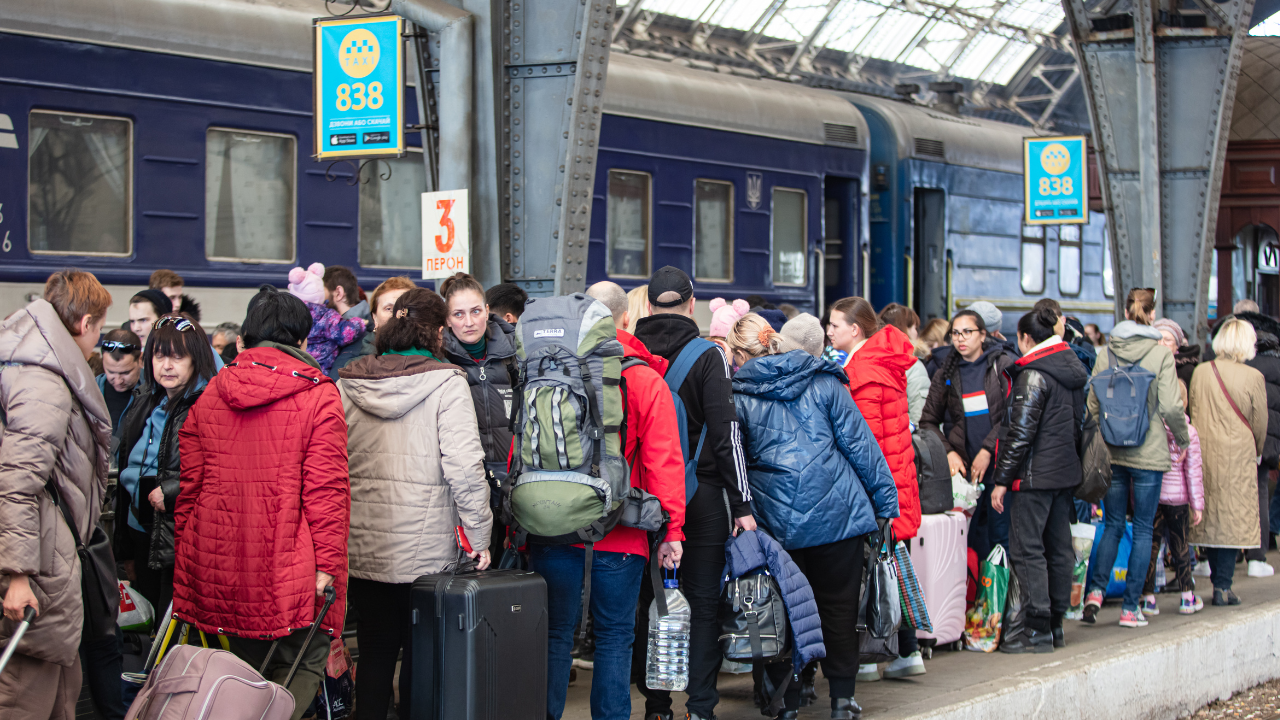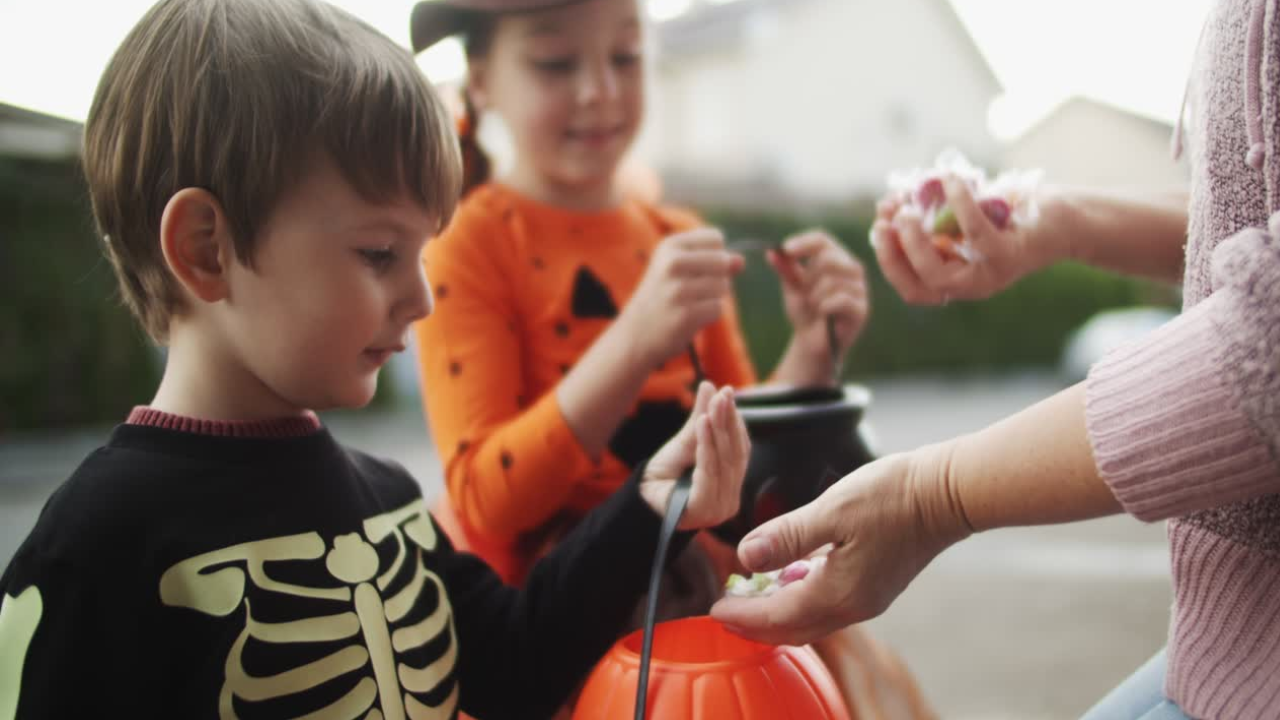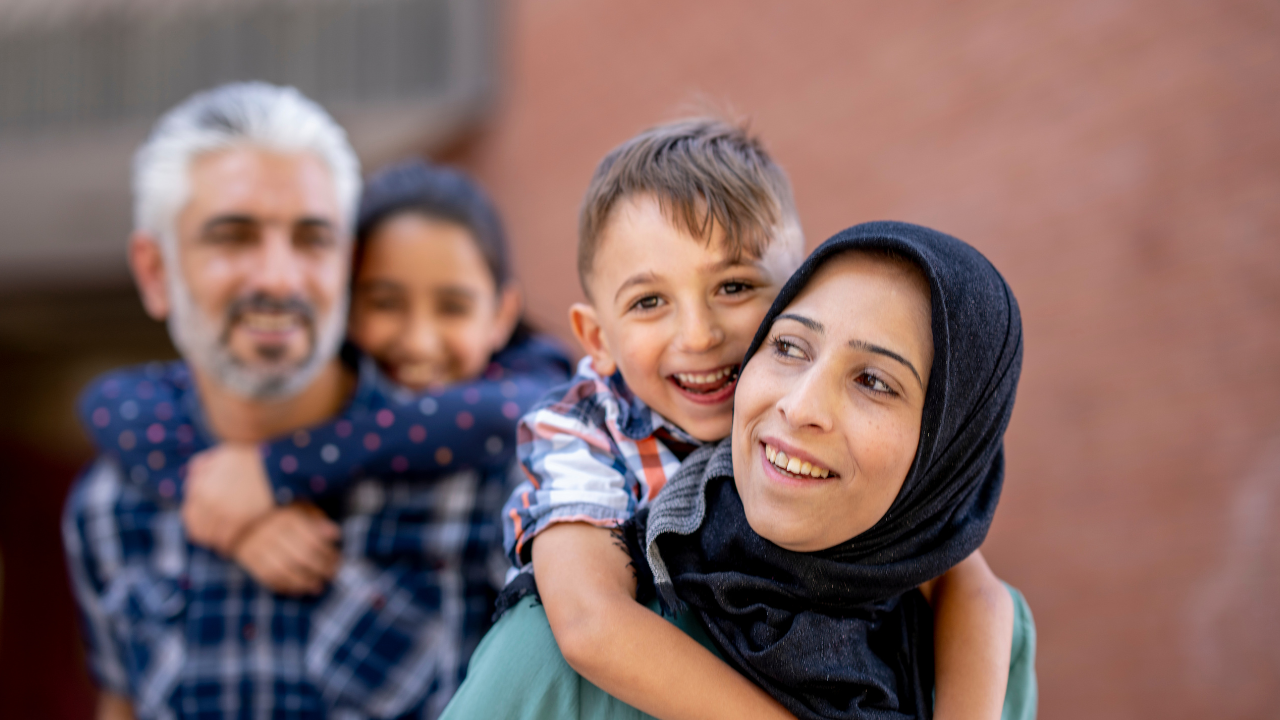Trump Says Immigrants are Overrunning American Cities: Essential Halloween Safety Tips for Parents
By Bhcguide City Directory | Oct 14, 2024
As Halloween approaches, parents often find themselves balancing excitement with safety concerns. Recent comments from public figures about immigration can heighten anxieties regarding community security during this festive time.
You can ensure a safe and enjoyable Halloween for your family by implementing practical safety tips and fostering open conversations with your children.

This Halloween, it’s important to be vigilant, especially in urban settings where crowds can amplify risks. Discussing safety plans with your children and being aware of your surroundings will greatly enhance their experience. You have the opportunity to turn this holiday into a chance for education and community building while keeping your loved ones safe.
By engaging your family in discussions about safety and addressing any fears they may have, you can create a supportive atmosphere. Halloween can be a joyful occasion with the right precautions in place, allowing you to focus on what truly matters: creating memories with your children.
Key Takeaways
- Implement safety strategies to protect your children during Halloween.
- Initiate conversations with your kids about their fears and safety.
- Encourage community support to enhance the holiday experience.
Understanding the Sociopolitical Context

Examining the sociopolitical climate around immigration provides important insights into current attitudes and issues. This context influences public perception and affects local communities in various ways.
The Impact of Immigration on Urban Environments
Immigration plays a significant role in shaping urban areas. Cities often experience economic growth due to a diverse workforce. Immigrants contribute to essential sectors such as hospitality, healthcare, and technology.
However, changes in population demographics can lead to tensions. Limited resources and unaddressed needs may create challenges for both newcomers and long-term residents. Issues such as housing, education, and employment opportunities remain critical.
Community engagement and collaboration are essential for addressing these complexities. Cities that embrace diversity generally benefit from innovative ideas and cultural richness.
Analyzing the Rhetoric: Trump's Statements on Immigration
Trump's statements on immigration often emphasize a sense of urgency and concern regarding safety. His rhetoric claims that high immigration levels result in increased crime and diminished public safety in urban areas.
These assertions may resonate with those apprehensive about rapid demographic shifts. Public fear can amplify anxiety around safety and social stability.
Critics argue that Trump's narrative oversimplifies the issues. Statistical evidence often shows that immigrant populations are not the primary cause of urban crime.
Understanding the motivations behind such rhetoric is crucial. It reflects broader tensions within American society regarding identity, resources, and governance. Engaging in informed discussions can help you navigate the complexities of these claims.
Safety Concerns in Urban Settings

Urban environments present specific safety challenges during Halloween. Understanding these risks can help you make informed decisions to ensure a safer experience for your family.
Common Urban Safety Risks During Halloween
In urban areas, Halloween can introduce a mix of hazards. High pedestrian traffic on streets increases the chances of accidents, especially in neighborhoods where kids are trick-or-treating.
Important Tips:
- Stay alert for vehicles. Drivers may not see pedestrians well in the dark.
- Use crosswalks and always look both ways before crossing streets.
- Choose well-lit routes to minimize risks from stumbling or encountering strangers.
Additionally, overcrowding near popular Halloween events can lead to personal safety risks. Maintain a close eye on your children to prevent them from getting lost.
The Influence of Public Discourse on Safety Perceptions
Public discussions surrounding immigration and crime may heighten fear regarding safety in urban areas. Media coverage can create a perception that neighborhoods are less safe than actual statistics indicate.
While some concerns may be valid, it is crucial to evaluate specific community conditions. Engaging with local safety reports or neighborhood groups can provide clarity on what to expect in your area.
Consider These Actions:
- Attend community meetings to understand local safety initiatives.
- Discuss Halloween plans with other parents to share insights and establish safe routes.
Awareness and community involvement can effectively counteract fear and enhance safety.
Preventative Measures for Halloween Safety

As Halloween approaches, prioritizing safety is essential for parents and children alike. Implementing effective measures can help create a fun and secure environment for trick-or-treating while minimizing potential risks.
Best Practices for Parental Supervision
Active supervision is crucial during Halloween activities. Accompany your children during trick-or-treating. Remind them to stay close and not wander off to unfamiliar areas.
Use flashlights or glow sticks to increase visibility while walking. Dress your children in costumes that are easy to walk in and visible at night.
Set clear rules about approaching homes. Teach them to only knock on doors with lights on. Establish a meeting point in case someone gets separated from the group.
Selecting Safe Routes for Trick-or-Treating
Choosing safe routes enhances your children's security. Opt for neighborhoods that you are familiar with. Discuss potential routes before heading out.
Avoid busy streets and areas not well-lit. Look for block parties or organized events, as they often provide a safer environment.
Also, consider planning a map of houses you plan to visit. This prevents impulsive decisions that may lead children into dangerous situations.

Emergency Preparedness for Parents and Children
Prepare for emergencies to address unexpected situations. Equip your children with a phone or ID with emergency contact information. Make sure they know your phone number.
Discuss what to do if they feel threatened or lost. Designate a trusted neighbor or friend to approach if help is needed.
Before heading out, check in with your children and remind them to remain alert. Educate them about staying away from pets or homes with unclear safety signals.
Community Engagement and Support

Engaging with your community is essential for ensuring a safe and enjoyable Halloween. By fostering initiatives and participating in local events, you create a supportive environment that benefits everyone.
Fostering Neighborhood Watch Initiatives
Establishing or joining a Neighborhood Watch can significantly enhance safety during Halloween. These groups encourage residents to collaborate on monitoring the area for unusual activities and potential safety concerns.
Key Actions:
- Meet Regularly: Schedule meetings to discuss safety strategies and share updates.
- Create Alerts: Use social media or group messaging apps to inform neighbors about any suspicious behavior.
- Involve Local Authorities: Coordinate with local police to include them in discussions about crime prevention tactics during high-traffic holidays.
Involving families in these initiatives helps build a network of vigilance, making your neighborhood safer for everyone.
Community-Driven Halloween Events
Organizing community Halloween events can provide a centralized hub for trick-or-treating, reducing foot traffic in various neighborhoods. By hosting events such as local fairs or trunk-or-treat gatherings, you encourage families to participate in a safer environment.
Benefits:
- Controlled Environment: Events held in safe, well-monitored locations decrease risks compared to traditional door-to-door activities.
- Community Bonding: These events foster connections among residents, making neighborhoods more cohesive and supportive.
- Variety of Activities: Include safety workshops, costume contests, and other family-friendly activities that promote both fun and awareness.
By participating in these structured events, you can enjoy a memorable Halloween while prioritizing safety for your family and neighbors.
Debunking Myths and Addressing Fears

In discussions about urban safety, misconceptions can easily arise. Understanding the facts behind crime statistics and the relationship between immigration and crime is crucial for informed perspectives.
Separating Fact from Fiction in Urban Crime Statistics
Urban crime often receives high media coverage, leading to perceptions that cities are continuously unsafe. It is important to look at data objectively.
According to the FBI's Uniform Crime Reporting (UCR) Program, crime rates in many urban areas have significantly decreased over the last few decades. Notably, violent crime rates in cities like New York and Los Angeles have dropped nearly 50% since the 1990s.
Additionally, context is key. Comparing crime rates across different regions requires understanding local factors, including socioeconomic conditions and community programs.
Immigration and Crime: Disentangling the Narrative
The narrative linking immigration to increased crime lacks substantial evidence. Research shows that immigrants are less likely to commit crimes than native-born citizens.
A study by the Cato Institute found that both documented and undocumented immigrants contribute positively to community safety. In fact, areas with higher immigrant populations often experience lower crime rates.
Community engagement is vital. Many immigrant families contribute to local economies and neighborhood safety, countering misconceptions about their impact. As a parent, fostering open discussions about these topics can help dispel fears based on misinformation.
Talking to Children About Sensitive Issues

Navigating sensitive topics with children requires careful thought and a balanced approach. It’s important to explain complex societal issues in age-appropriate ways. You can create a safe space for dialogue and encourage curiosity while addressing any concerns they may have.
Approaching Conversations About Immigration
Start by assessing your child’s understanding of immigration. Ask open-ended questions to gauge their current knowledge and feelings. This will help you address their specific concerns rather than overwhelming them with information.
Use clear, simple language when explaining immigration. You might say, “Some people move to different countries to find safety or a better life.” Acknowledge their feelings and offer reassurance.
You can also use stories or books that illustrate the immigrant experience. These can foster empathy and a broader understanding of the challenges and contributions of immigrants in your community.
Guiding Children Through Political Discussions
When discussing political topics, maintain a neutral tone. Explain to your child that people have different opinions and that it's okay to discuss those differences respectfully. Encourage questions and validate their feelings while steering clear of political extremes.
Use examples from current events to create relevant conversations. Discuss how policies affect real people in various ways. This can provide a more personal context for understanding.
Remind your child about the importance of kindness and respect. Emphasize that everyone has a story and that understanding these stories is key to being compassionate. Encourage them to be thoughtful when expressing their opinions.